It’s not only the gravity from galaxies in a cluster that reveal dark matter, but the ejected, intracluster stars actually trace it out.
Category: cosmology – Page 249
Latest Webb Results Could Literally Break All Cosmology
The James Webb Space Telescope has finally made its first dark matter observations, and the results could lead us to new physics. They have questioned our understanding of dark matter and the large-scale structure-formation of the Universe. Dark matter is one of the most mysterious entities in the cosmos. Our best cosmological models show that 27% of the observable Universe is made of dark matter. We can’t see it, but its existence can be inferred because of its effect on surrounding baryonic matter. The true nature of dark matter is still one of the biggest mysteries in cosmology. The most successful cosmological model to date, the lambda cold dark matter or the LCDM model, makes a critical prediction regarding dark matter. It says that cold dark matter played an important role to form the large-scale structures we observe today.
So far, we did not have the technology to test this prediction. But the James Webb Space Telescope opened the windows to the first billion years and the last unexplored era in the history of the Universe. The super-early galaxies discovered by Webb in its Early Release Science program provided an opportunity to test the predictions made by the LCDM model. And when astronomers did that, the results were completely unexpected. So what do these primordial galaxies discovered by Webb tell us? What did Webb find in its first dark matter observations? Finally, and most importantly, how can these results change the course of cosmology?
The 36th episode of the Sunday Discovery Series answers all these questions in detail.
All Episodes Of The Series: https://bit.ly/369kG4p.
Basics of Astrophysics series: https://bit.ly/3xII54M
REFERENCES:
JWST high-z galaxies constraints on warm and cold dark matter models, Maio and Viel — https://bit.ly/3B8kcZ0
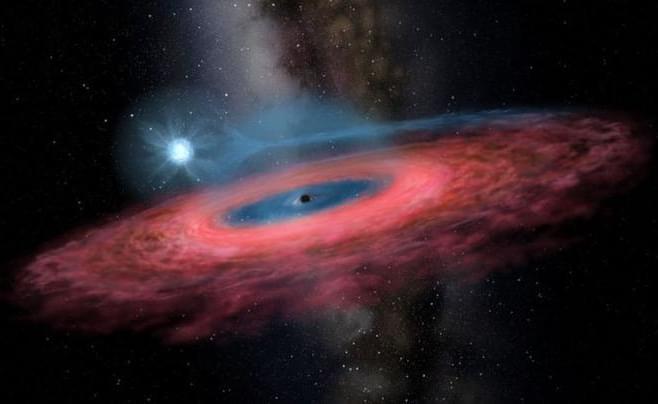
Astronomers Discover Supermassive Black Hole Pointing Directly at Earth
Earlier this year, scientists discovered that a “jet,” created by a very distant supermassive black hole, sent an accumulation of various space matter rocketing directly toward Earth. Scientists haven’t expressed any need for concern about the jet. However, they are intrigued by the sheer brightness of it and the vast distance between it and Earth.
Post Eternity Part 1: The Universe Repeats Itself
Universe to go through a cosmic Poincare Recurrence? In other words, can the universe repeats itself? Will the same history happen again at some distant future? If the universe is closed and isolated, which indicates that it’s probably qualified for experiencing a Poincare Recurrence in cosmic scale, will the entire history of our universe happen for an infinite number of times? If cosmic Poincare Recurrence can take place, does it mean that the entropy of the entire universe will decrease at some point? Isn’t that the violation of the second law of thermodynamics?
===
Sources:
(K. Ropotenko) The Poincar´e recurrence time for the de Sitter space with dynamical chaos.
https://arxiv.org/abs/0712.
(Don N. Page) Information Loss in Black Holes and-or Conscious Beings.
https://arxiv.org/abs/hep-th/9411193
(Julian Barbour) Arrows of Time in Unconfined Systems.
https://arxiv.org/abs/1602.
(Lisa Dyson, Matthew Kleban, Leonard Susskind) Disturbing Implications of a Cosmological Constant.
https://arxiv.org/abs/hep-th/0208013
Leonard Susskind (Stanford University, USA), James Lindesay (Howard University, USA)
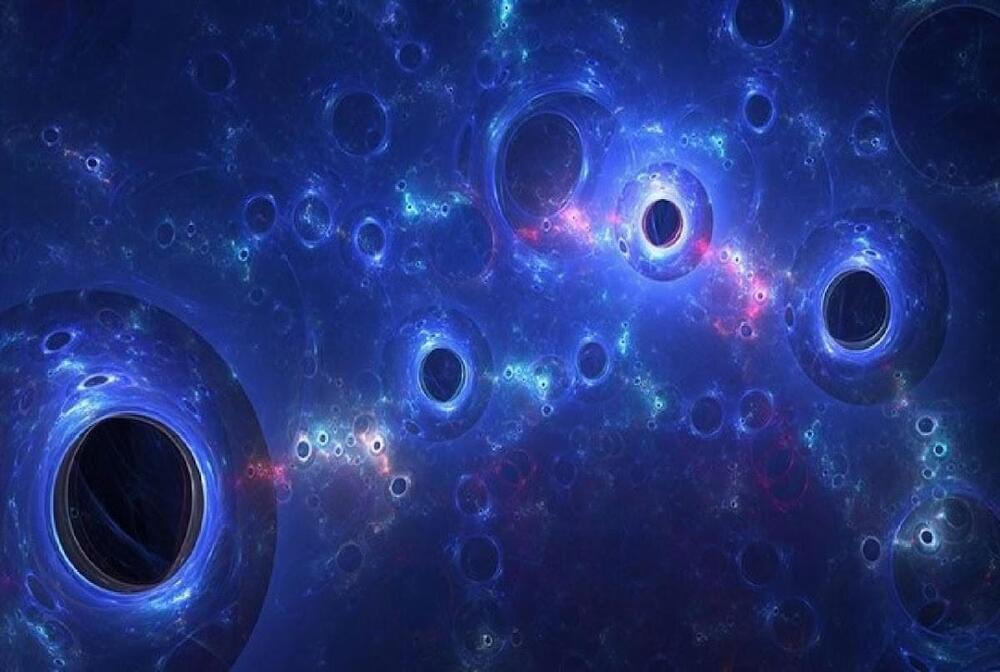

Astronomers Suggest Different Dimensions May Exist in our Universe
Researchers at Uppsala University have formulated a new model for our universe to solve the mystery of dark energy. The study proposes a new way to assemble a dark energy cosmos where our universe rides on an expanding bubble in an extra dimension. In a study, Swedish physicists pointed out the existence of another dimension in the universe we live in. Scientists propose that our universe exists within an expanding bubble in an extra dimension. Studying the cosmos in the last 20 years has shown that the cosmos is constantly expanding. Additionally, the speed of its expansion increases.
The conventional explanation for this goes through a type of energy (dark energy), which permeates everything and “pushes” the universe to expand more and faster. In physical cosmology and astronomy, dark energy is a still-unknown form of energy that is hypothesized to permeate all of space, tending to accelerate the expansion of the cosmos The mysterious dark energy poses more questions than answers, functioning as a cosmic wildcard in some explanations of theoretical physics.
Researchers from the University of Uppsala have proposed a new concept. This includes another dimension and other universes to avoid this problem. In their study, published in the journal Physical Review Letters, physicists from Uppsala University argue that our universe is “mounted” on a bubble that expands in an additional dimension. Our entire universe fits on the edge of the expanding bubble. All matter in our cosmos corresponds to the endpoints of strings that extend into the extra dimension. The researchers also show that expanding bubbles of this kind can be created within the string theory framework.

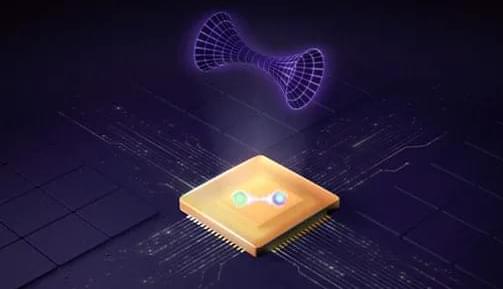
Physicists Create a Holographic Wormhole Using a Quantum Computer
Physicists have purportedly created the first-ever wormhole, a kind of tunnel theorized in 1935 by Albert Einstein and Nathan Rosen that leads from one place to another by passing into an extra dimension of space.
The wormhole emerged like a hologram out of quantum bits of information, or “qubits,” stored in tiny superconducting circuits. By manipulating the qubits, the physicists then sent information through the wormhole, they reported today in the journal Nature.
The team, led by Maria Spiropulu of the California Institute of Technology, implemented the novel “wormhole teleportation protocol” using Google’s quantum computer, a device called Sycamore housed at Google Quantum AI in Santa Barbara, California. With this first-of-its-kind “quantum gravity experiment on a chip,” as Spiropulu described it, she and her team beat a competing group of physicists who aim to do wormhole teleportation with IBM and Quantinuum’s quantum computers.”
The unprecedented experiment explores the possibility that space-time somehow emerges from quantum information, even as the work’s interpretation remains disputed.
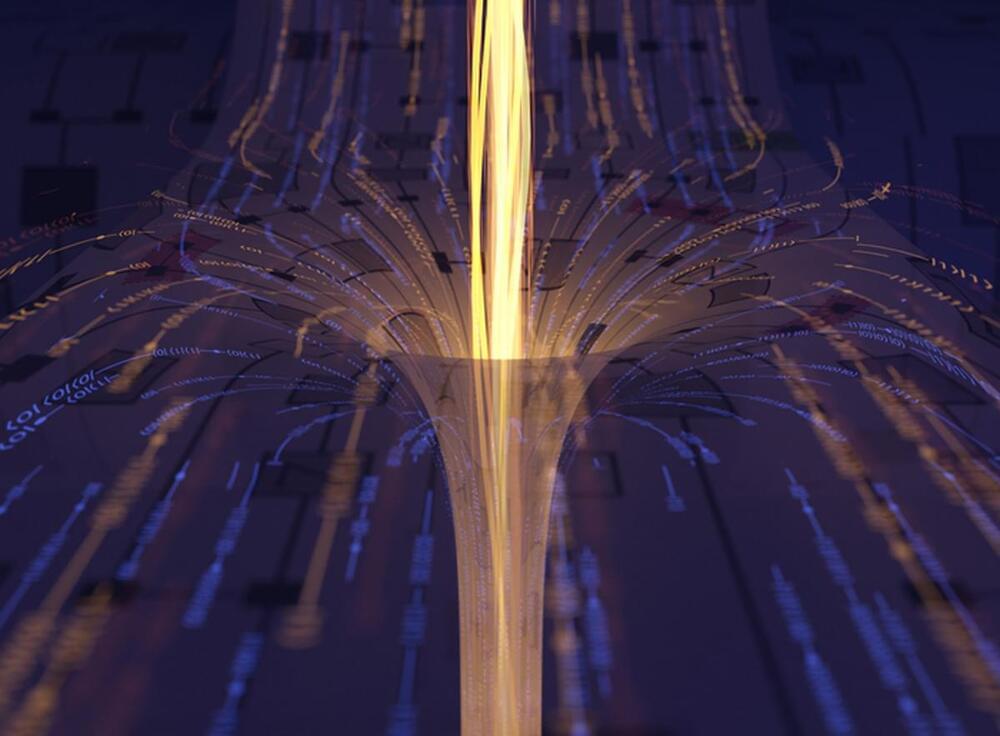
Physicists create ‘holographic wormhole’ inside quantum computer
This would be great for teleporting objects for shipping across the planet or cosmos eventually. 😀
Scientists have created a “holographic wormhole” inside a quantum computer for the first time.
The pioneering experiment allows researchers to study the ways that theoretical wormholes and quantum physics interact, and could help solve some of the most difficult and perplexing parts of science.
The wormhole is theoretical: researchers did not produce an actual rupture in space and time. But the experimental creation of one inside the quantum computer – which saw a message sent between two simulated blackholes – nonetheless allows scientists to examine how they might work, after almost 100 years of theory.
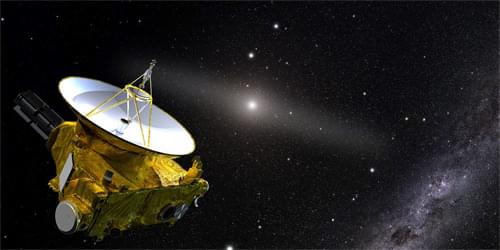
Dark Matter Could Cause Excess Optical Background
Axions that decay into photons could account for visible light that exceeds what’s expected to come from all known galaxies.
If you could switch off the Milky Way’s stars and gaze at the sky with a powerful telescope, you’d see the cosmic optical background (COB)—visible-wavelength light emitted by everything outside our Galaxy. Recent studies by the New Horizons spacecraft—which, after its Pluto flyby, has been looking further afield—have returned the most precise measurements of the COB yet, showing it to be brighter than expected by a factor of 2. José Bernal and his colleagues at Johns Hopkins University in Maryland propose that this excess could be caused by decaying dark matter particles called axions [1]. They say that their model could be falsified or supported by future observations.
Comparing COB measurements to predictions provides a tool for testing hypotheses about the structure of the Universe. But measuring the COB is very difficult due to contamination by diffuse light from much nearer sources, especially sunlight scattered by interplanetary dust. Observing from the edge of our Solar System, New Horizons should be unaffected by most of this contamination, making the measured excess brightness a tool for improving our understanding of galaxy evolution.